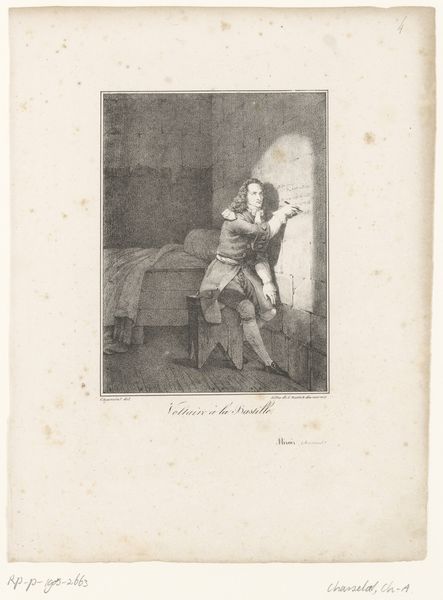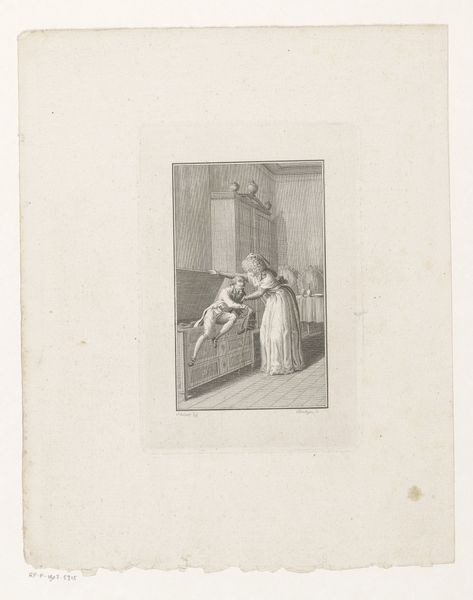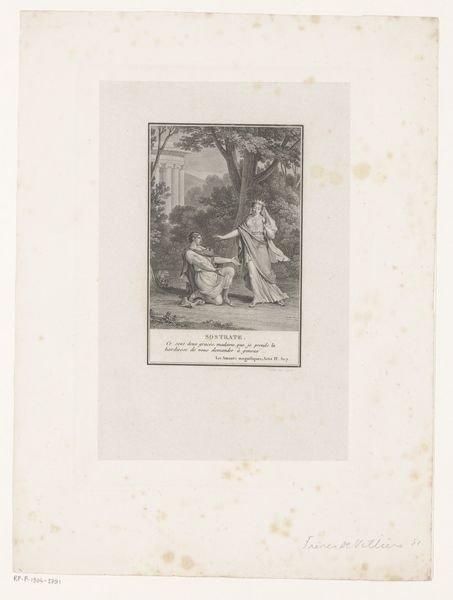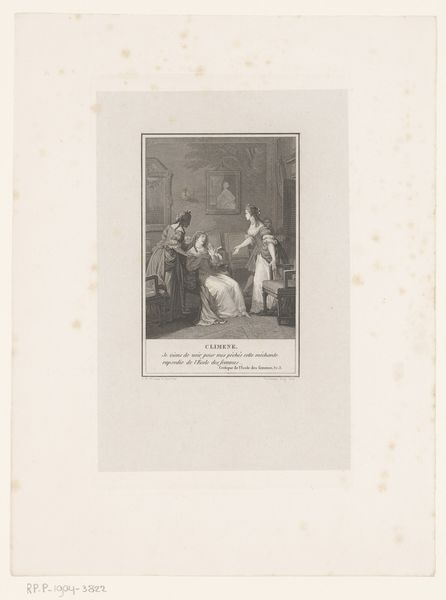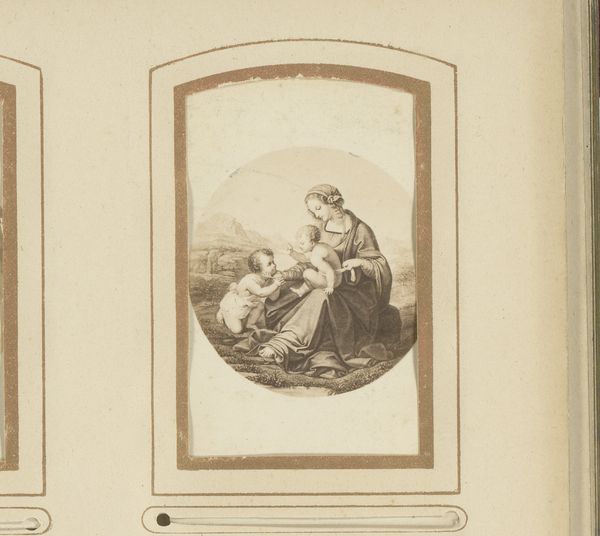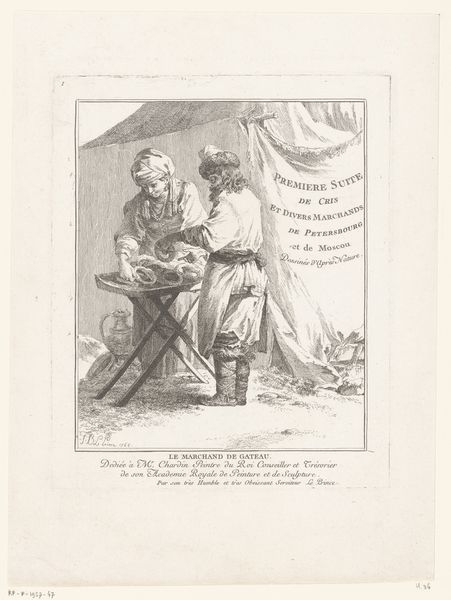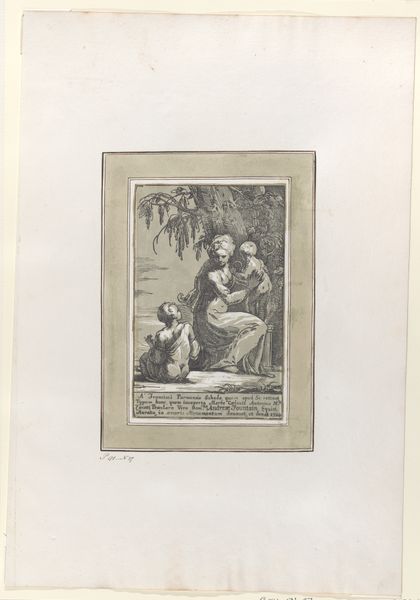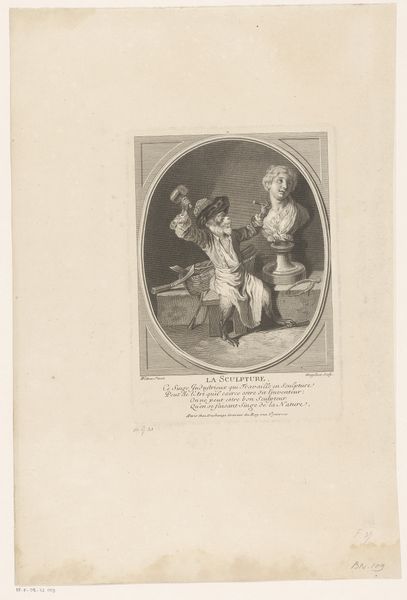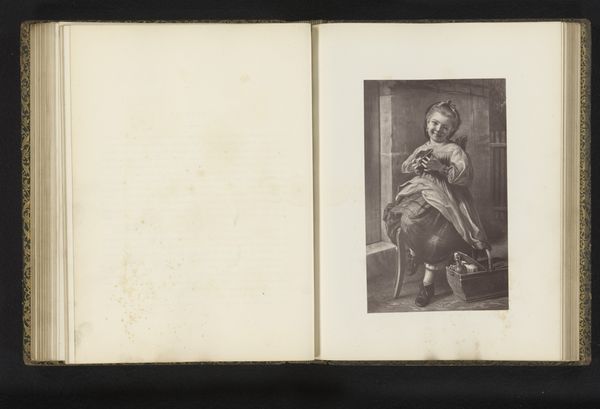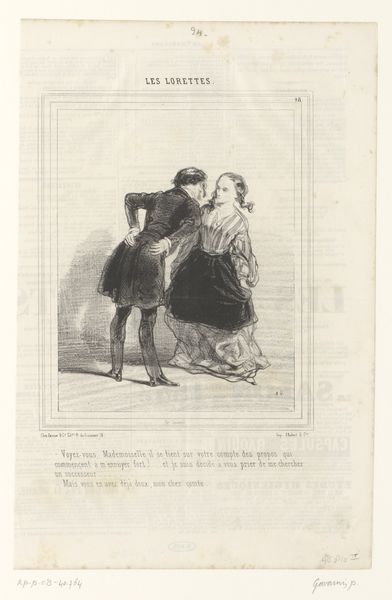
print, engraving
#
neoclacissism
# print
#
history-painting
#
engraving
#
realism
Dimensions: height 140 mm, width 91 mm
Copyright: Rijks Museum: Open Domain
Editor: Here we have "Portret van Franz Ludwig Pfyffer," an engraving from sometime between 1776 and 1824, currently residing in the Rijksmuseum. The small scale makes it feel quite intimate. What symbols stand out to you? Curator: Immediately, the juxtaposition of Pfyffer with the mountain behind him is striking. Consider how mountains, across cultures, often symbolize permanence, authority, even the divine. Here, it feels less about raw power and more about intellectual authority, wouldn’t you agree? Editor: Yes, I think so. His tools – the writing instrument and perhaps surveying tool– suggest a different type of command, more about knowledge. Curator: Exactly. These aren’t just tools; they are symbols of human agency, our ability to understand and record the world around us. Look how he gazes at something unseen – what narrative does it evoke to you? Editor: Perhaps, this relates to the growing interest in cartography and surveying in that era. I’d never considered mountains carrying intellectual meaning. Curator: Visual symbols build on each other, creating cultural memory and shared understandings. Thinking about the mountain not only as a geographic feature but also as a representation of knowledge opens up interesting interpretations, don’t you think? Editor: Absolutely, and recognizing those symbolic links certainly enriches the artwork. I learned so much!
Comments
No comments
Be the first to comment and join the conversation on the ultimate creative platform.
